Welcome to another installment in our exotic food series!
Asia is famous for welcoming people and distinctive cultures. However, the essential thing that it is famous for is, of course, its exotic food. The well-known Asian foods are sushi, kimchi, Peking duck, Laksa, and cendol. But, some peculiar dishes are popular and loved among residents. These dishes are not exactly trendy among tourists. If it helps, some Asians and locals also have trouble digesting them. Except for a couple of these dishes, I didn’t dare try them.
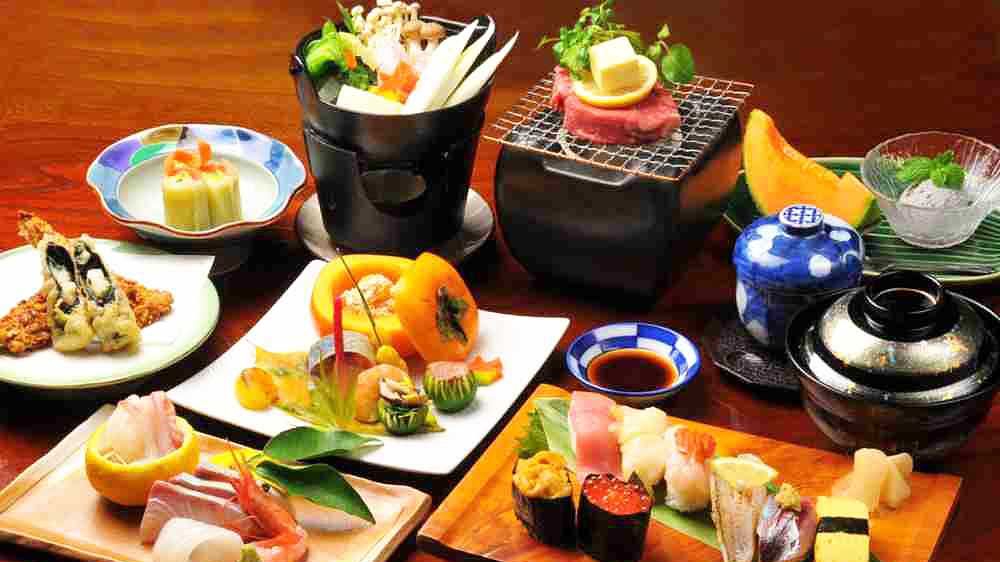
However, here is a concise list of exotic food from East Asia. Consider this a caution. *Wink*
List of Exotic Food in China
Durian, the King of Asian fruits
You either love or hate it when it comes to the King of Fruits of Southeast Asia, the Dorian. This prickly fruit has a “strange” odor. I wouldn’t use words like “bad” or “really stinky.” Mainly because I don’t want to hurt any people who truly like it, the fruit itself is creamy in texture and has a sweet flavor. If you can try to ignore the odor, you will, no doubt, enjoy this fruit more.
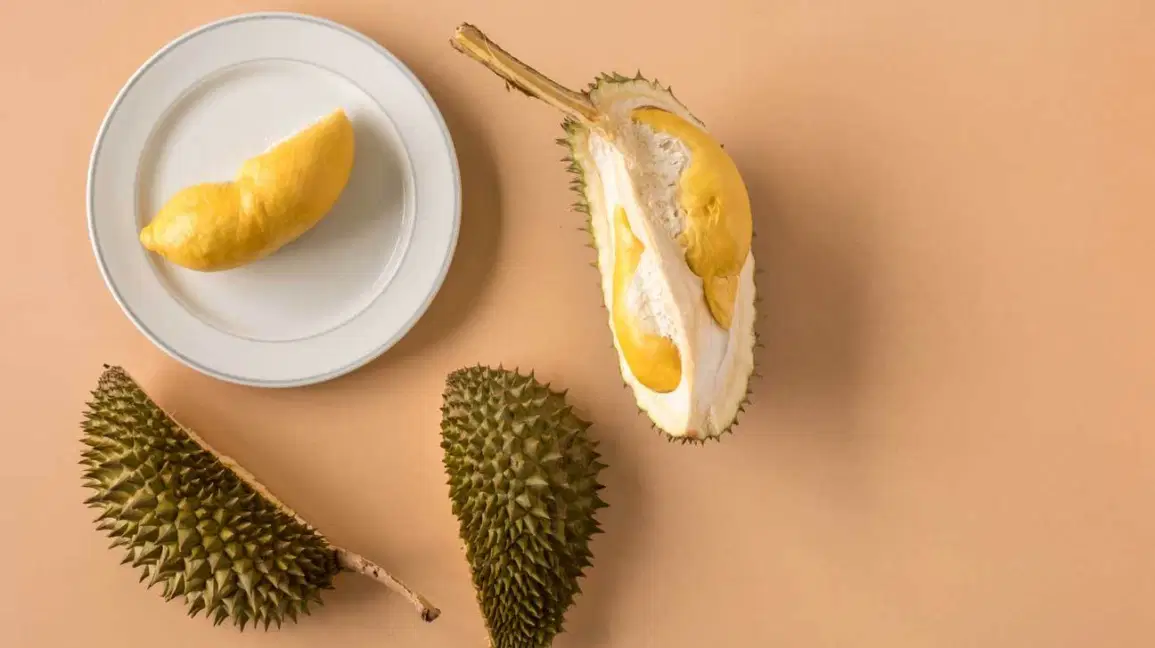
You can find Dorian in southern Thailand, Indonesia, the Philippines, and Malaysia.
Pigs blood cubes
In China, Hong Kong, Taiwan, and certain other Asian nations, pig blood curd, or “blood pudding” or “blood tofu,” is a traditional ingredient rich in minerals. It is a supplemental meal component containing carbohydrates.
Blood pudding has been used as a nutritional dietary component in snacks and whole meals. The good thing is that pig’s blood cubes have no flavor. They instead sop up and absorb the flavor of the dish you cook them in. How fascinating!
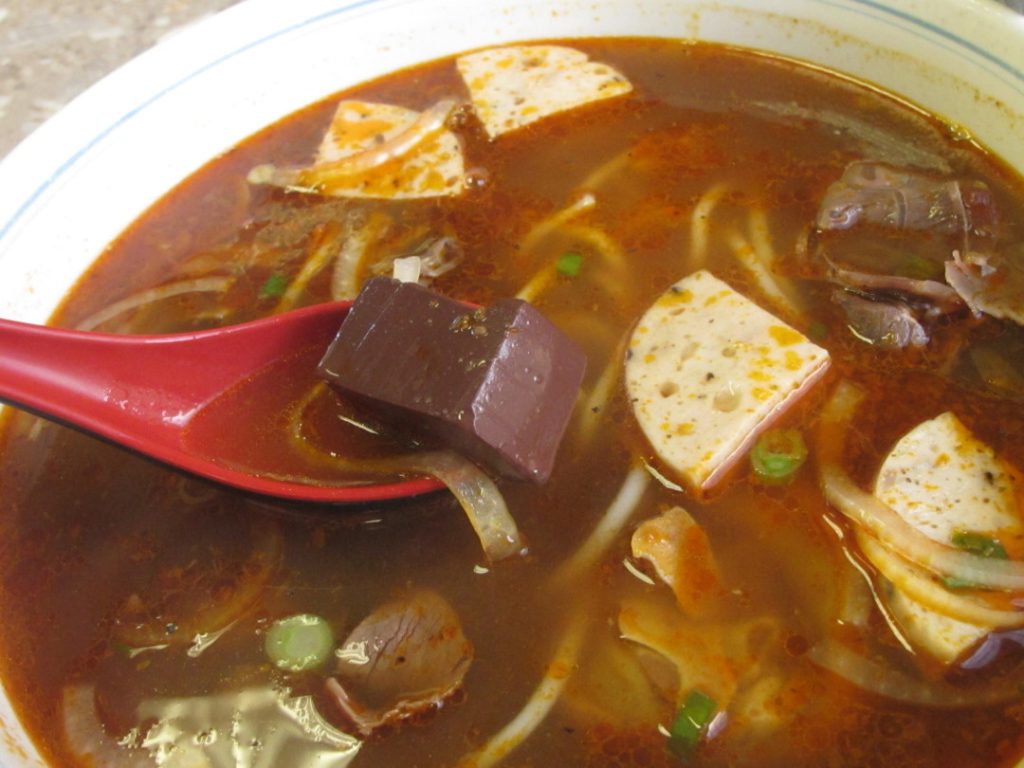
Natto
This is a common morning dish with rice and a traditional Japanese cuisine of whole fermented soybeans. Serve it with tare, soy, or karashi mustard sauce for the best experience.
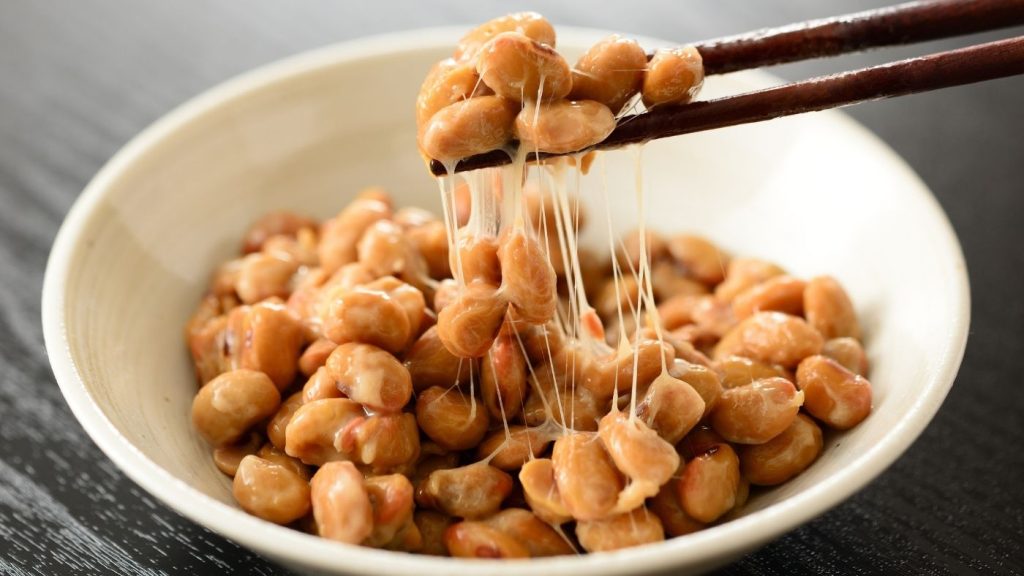
Similar to the smelly tofu, natto has a strong, pungent scent. This is a typical morning dish in Japan with steamed white rice. It may not be an exotic food in Japan, but it is for the rest of us!
Live octopus tentacles
One of the first things people think before trying seafood is, “how fresh is this?”. Let’s just say you won’t have to worry about this while eating this exotic food. This delicatessen wouldn’t lie; that much is certain. Even after you cut the tentacles off, they frequently fight until the last end. When this South Korean delicacy is presented, you will still be able to see the tentacles twirling on the platter.
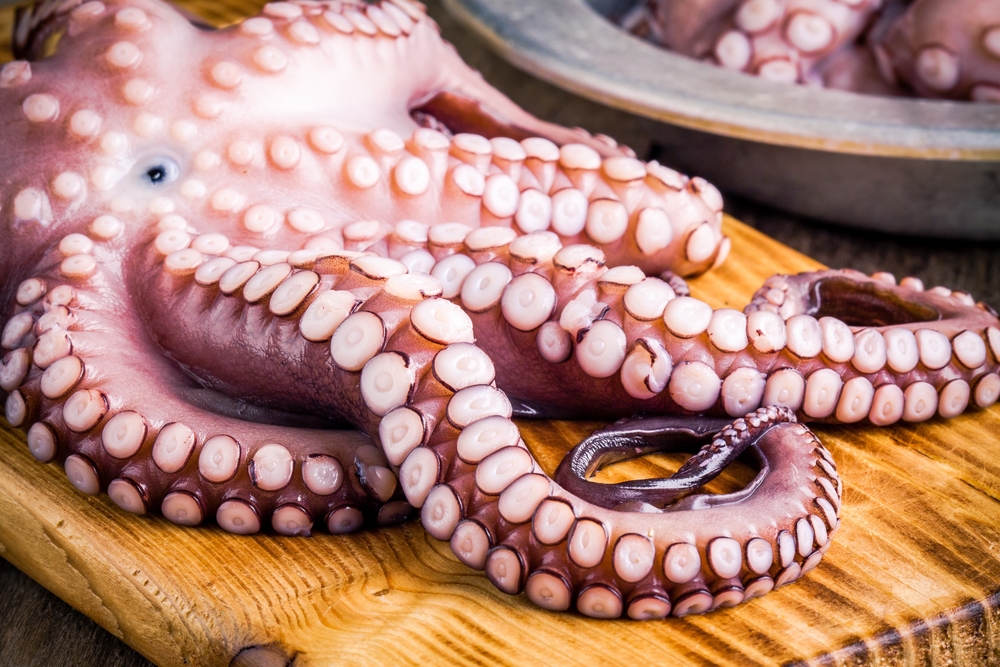
In South East Asian nations, particularly Thailand, Vietnam, and Cambodia, insects are a well-known delicacy. White ant eggs, newborn ants, and incomplete embryos are usually in soups. The eggs will release a sour flavor as they pop on your tongue. Don’t pass up this special treat!
White ants eggs
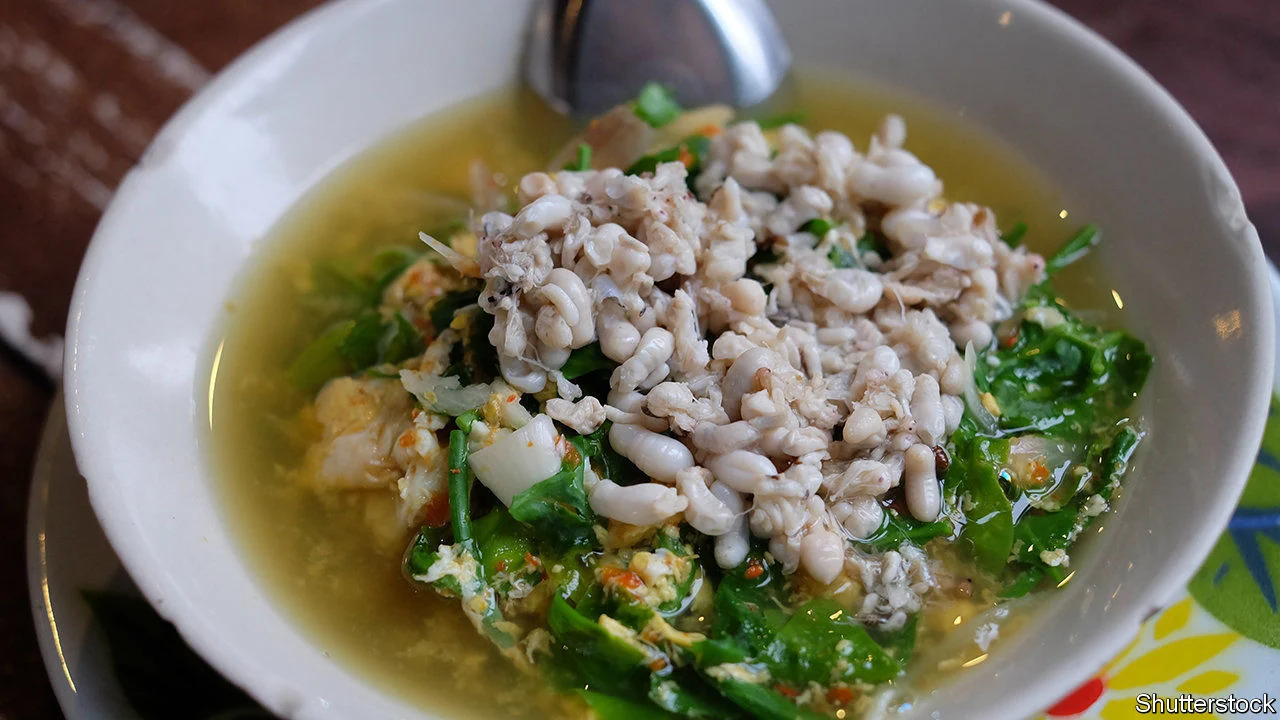
This is an exotic dish that is very mild– by Asian standards. Hence, foreign tourists, dignitaries, and even leaders of other nations enjoy white ant eggs.
Wasp crackers
Before consuming their prey, Digger Wasps sting and knock out other insects. But once the wasp-loving humans set their trap to capture these wasps, the killer bugs have no chance.
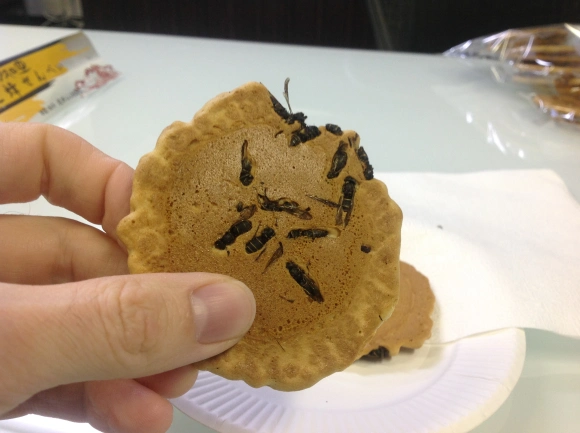
They are cooked, dried, and included in the rice cracker mixture. The final rounds are stamped out with a hot iron cracker cutter. From my personal experience, the wasps themselves tasted like fried raisins. However, the completed cracker had a moderately sweet and savory flavor (but with a bitter, acidic note). However, be prepared for the horrifying experience of having wings and legs become caught in your throat.
This exotic food is very popular in Japan.
More Exotic Foods For You From East Asia
Fried tarantula
The Khmer Rogue’s long food crisis in Cambodia led to the initial introduction of this delicacy. Fried tarantulas are still one of the nation’s most well-known foods over the years. According to some, the fried tarantula has a flavor similar to that of chicken and fish.
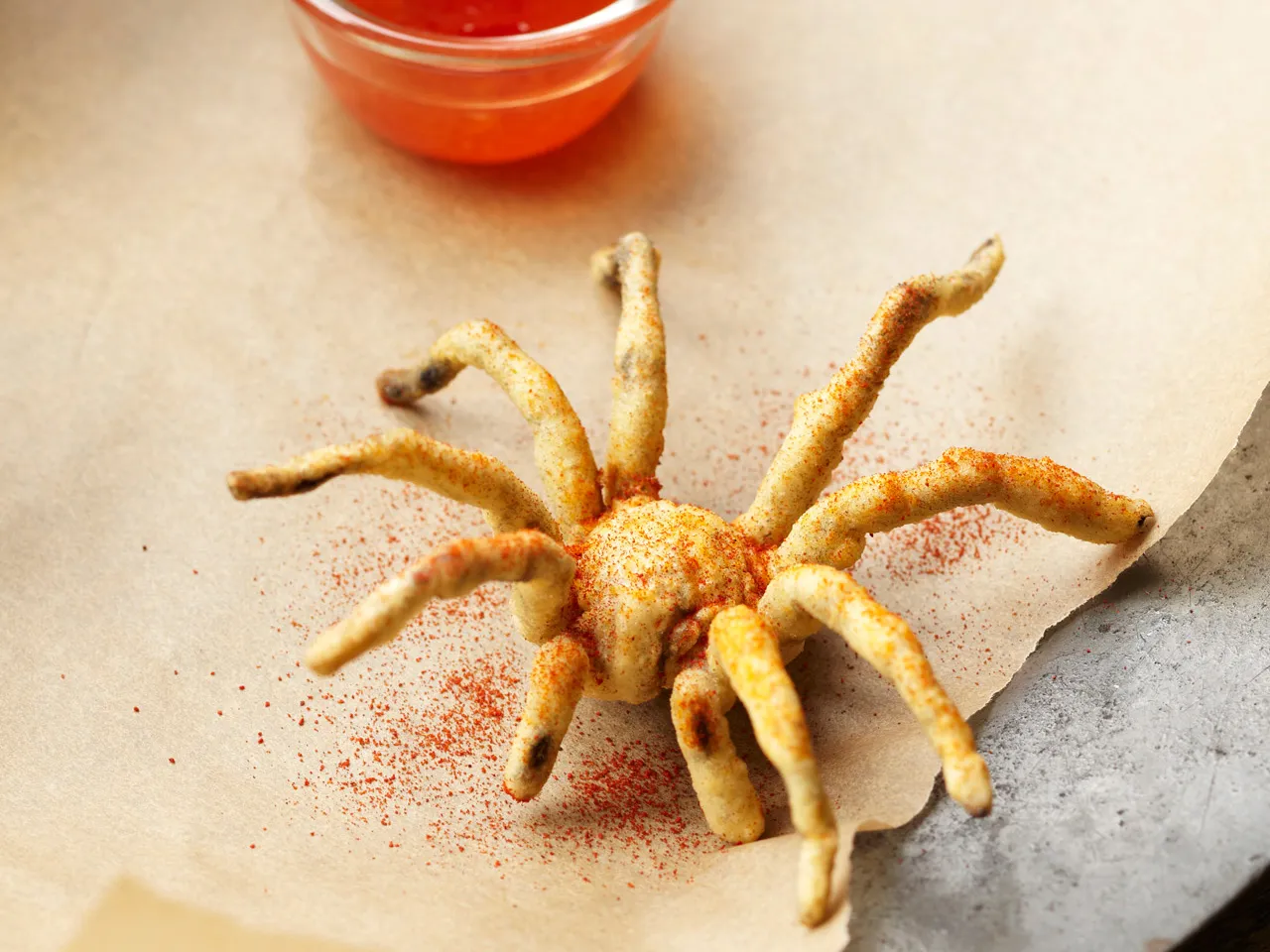
The spiders are bred in holes in the ground in villages north of Skuon, foraged in nearby forestland, and fried in oil. Quite an exotic food, don’t you think?
Inago
Since ancient times, locusts have been famous for being the natural enemies of crops. This was because of their propensity to swarm and spread diseases. Other than lowering the number of locusts before they swarm, there is no method to avoid this phenomenon. People suffered from locust plagues because the locusts left them with nothing to eat after they swarmed; thus, people started to eat them. They can be a great energy source due to their high protein content.
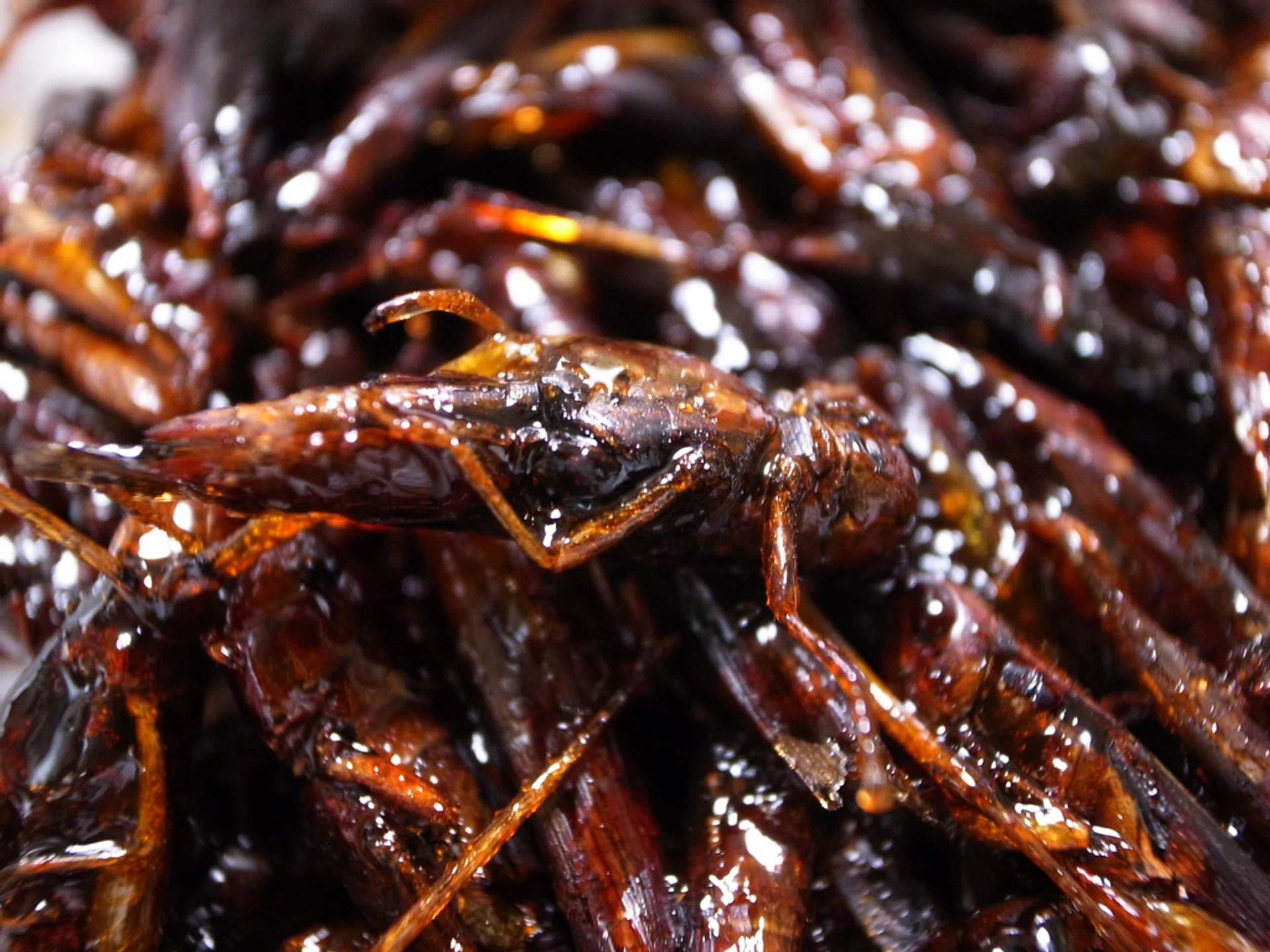
Thus came the dish, inago. The Japanese name for locust is inago. It is simply rice grasshoppers cooked in soy sauce and sugar. The “tsukudani” cooking methods (boiled in soy sauce and sugar) are used for cooking locusts. The dish is popular in Japan’s interior and mountainous areas, such as Nagano and Fukushima, where it was historically a vital dietary supplement.
Shirako
Shirako is the male cod’s milt or sperm sac. Restaurants all around Japan offer it both raw and cooked, although many Japanese think it might be an acquired taste. Shirako, or Kiku and Tachi, is in season in the winter and is a Japanese term that means “white children.”
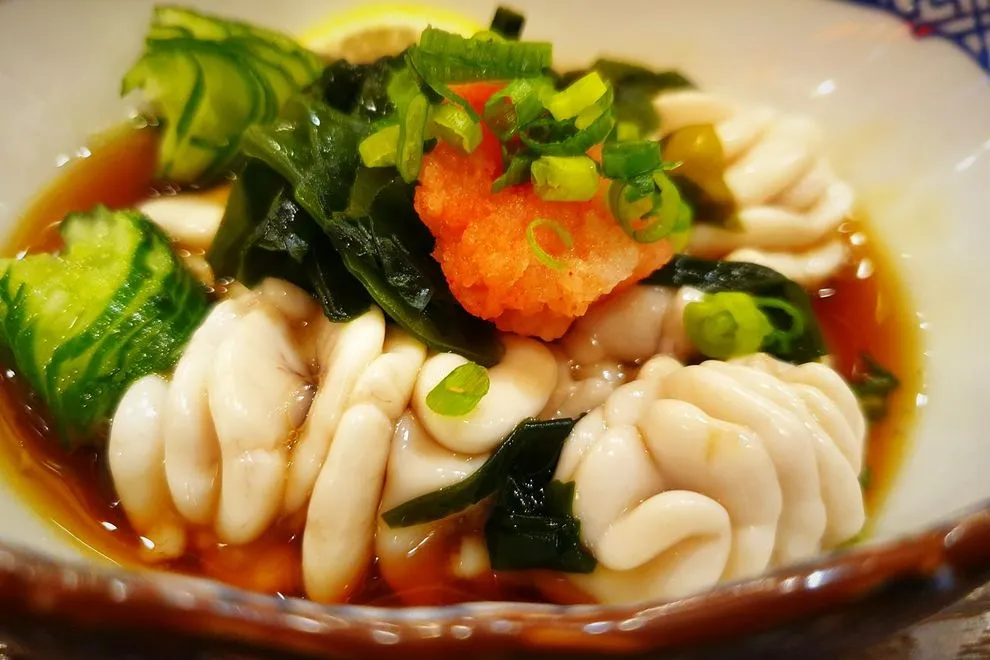
Kopi Luwak
Kopi Luwak is one of the most expensive coffees. According to most people, it is among the best in the world. Farmers use Asian palm civets to choose the finest beans. How? The palm civet only consumes the finest coffee beans. The animals consume and excrete the beans; then farmers gather the fine beans from the feces. You read it accurately; it came from the feces!
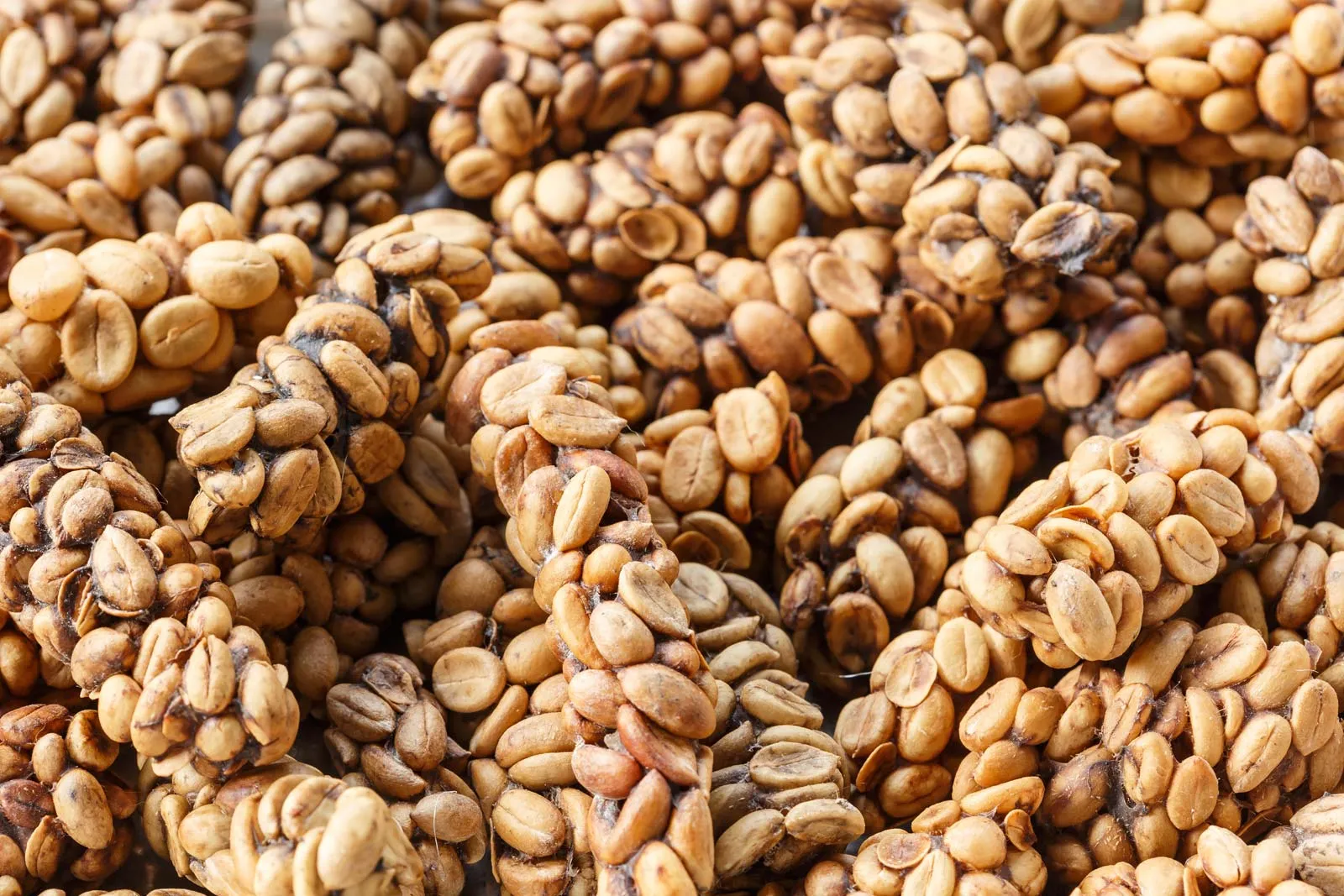
Conclusion: Exotic food of East Asia
There you have it! A meager but insightful list of just some of the East Asian exotic food. Though having lived in China for nearly a decade, I still couldn’t stomach the thought of having some of the exotic foods listed here. But, I now realize that some of these may not appeal to me, but they just might appeal to someone out there. Even you, dear reader.
Did you enjoy reading about the exotic food of East Asia? This is the third installment in our Exotic Food series. Previous installments in the series include Exotic Foods of China You Need To Try! and Chinese Food: Exotic Food Items to Try in China!
Happy reading!
Edited by: Syed Umar Bukhari.


